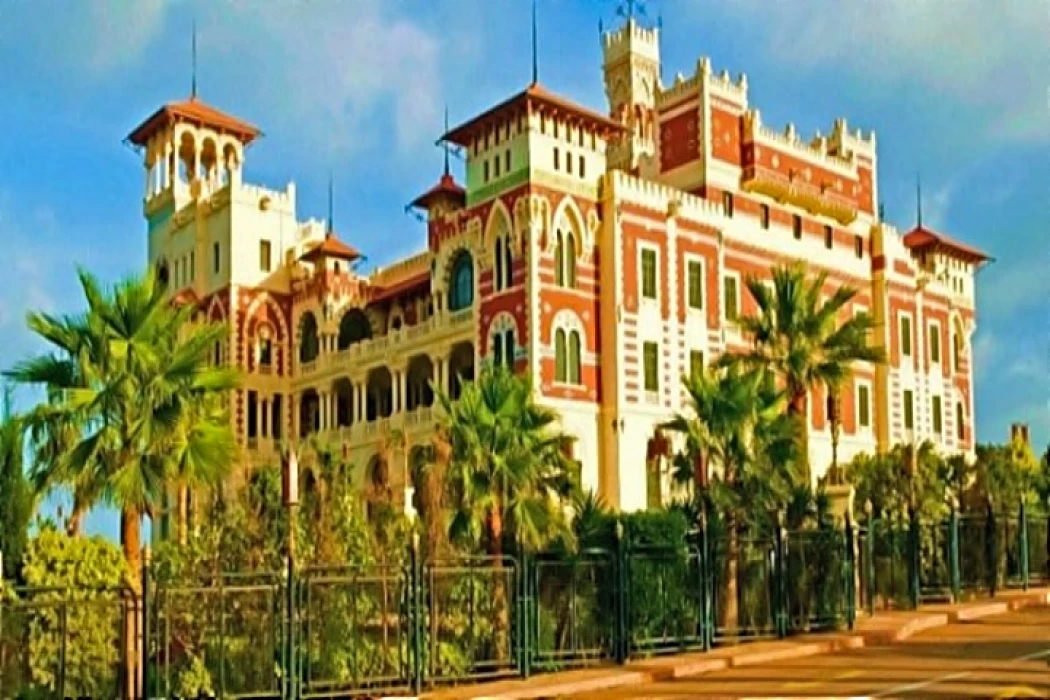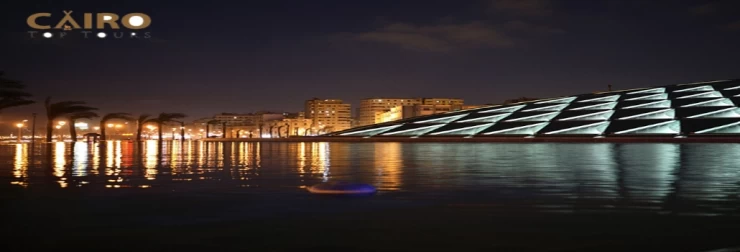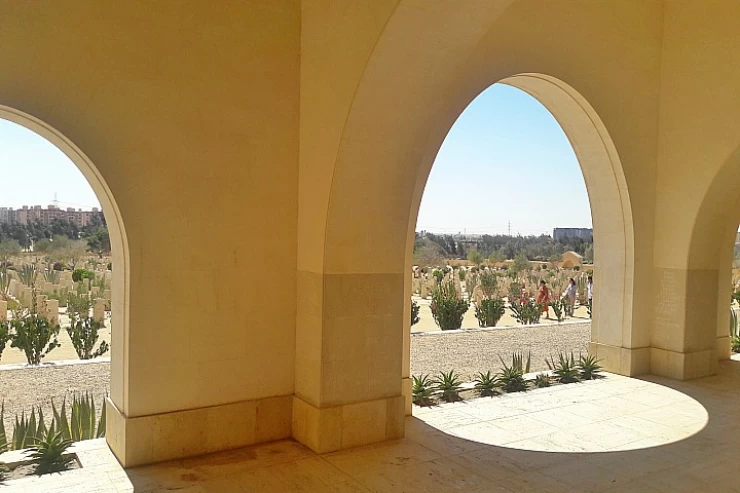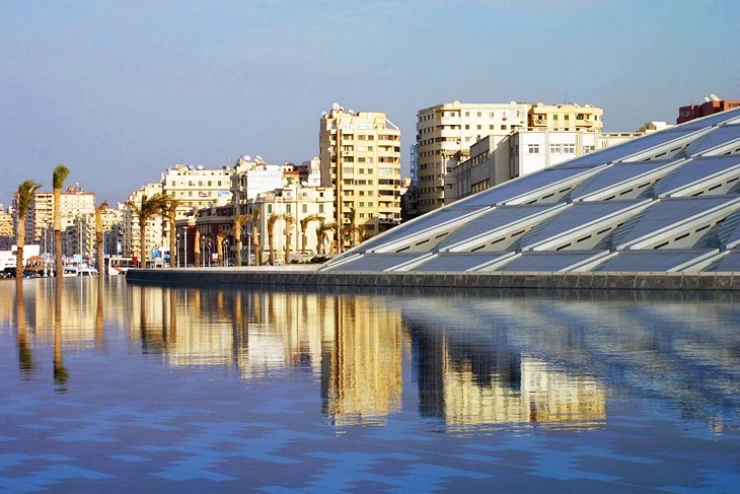
The Al Montaza Palace In Alexandria
The Al Montaza Palace In Alexandria
Montazah Palace Gardens, with its charming views of the Mediterranean Sea, is one of the most beautiful historical and tourist sites in Alexandria, and visitors need to walk for hours to discover its landmarks.
Khedive Abbas Helmy II was impressed by the area when he was strolling on its beach with a band playing at the time, and decided to include a palace and gardens for vacationers. The Khedive himself supervised the organization of the park and gave it and the palace the same name: Montazah Palace.
During the summer of 1892, one night Khedive Abbas Helmy II became enamored with that particular place located at the eastern extremity of Alexandria, which led to his mandating the mobilization of 80 donkeys from the Makkaria donkeys for him and his retinue to mount and ride, and they also continued their walk through the dune-fenced terrain bordering the sea, accompanied by the playing of the Khedive's music, and the more the procession walked, the more the Khedive admired that area, with its beautiful tongues entering the sea, and the way water seeps between its rocky folds in a charming gurgling.
Khedive Abbas Helmy II decided to establish an elegant palace on this spot, on one of the two ridges, which became one of the architectural masterpieces, which blends classical and Gothic architecture in its various stages, in addition to the Italian Renaissance style and the Islamic style.
In front of the palace, a music kiosk was established to witness the Khedive summer concerts, while the other Rabia had old cannons from the era of Muhammad Ali Pasha that were used to protect the beaches, and still exist until now, and in front of it, the Salamlik building and the Princess Cinema were built.
Royal greenhouse: established by King Fuad in 1934, it includes the rarest shade plants that still exist until now, with an area of 3,000 square meters and contains tropical plants, and still retains its luster for more than 75 years, along with a number of other important plants, including cantia, giant pots, zamia, caryota or fishtail palm with green leaves, and large-sized plants such as arrow, red, Wooden Elephant, Hokiri, Aralia, Victoria, and Rubellia.
The buildings were surrounded by 370 acres of gardens planted with rare flowers and trees. A typical Roman-style tea pavilion was constructed on the petite isle. The island was connected to the shore by a beautiful Italian-Gothic bridge that ends with a lighthouse that guides ships and yachts to the bay of the park where King Farouk I's yacht, the Mahrousa, was moored.
This heavenly place has no ordinary attractions – king’s and princesses’ natural swimming pools have been built within the waters of the Mediterranean Sea and still exist today and it was during the rule of Khedive Abbas Helmy II, that Mahmoud Pasha Shukri, the Wazir of the Turkish court, gave this place a name, “Montazah” which translates to ‘a place of relaxation’.
In the early 1940s, King Farouk established a palace, with an architectural system in line with the system in which the royal palaces were built in the park, and perhaps its most famous feature is the clock tower, from which four golden statues of King Farouk would emerge when the clock was ticking.
Also, the tea kiosk, built in the Roman style and overlooking the Mediterranean beach, for the king and his entourage to drink “succulent tea” and discuss matters of governance, and a cinema for princesses was added, adjacent to the king's palace, which is a walled singing garden with a large wall equipped to show international cinema movies for the entertainment of the princesses.


















